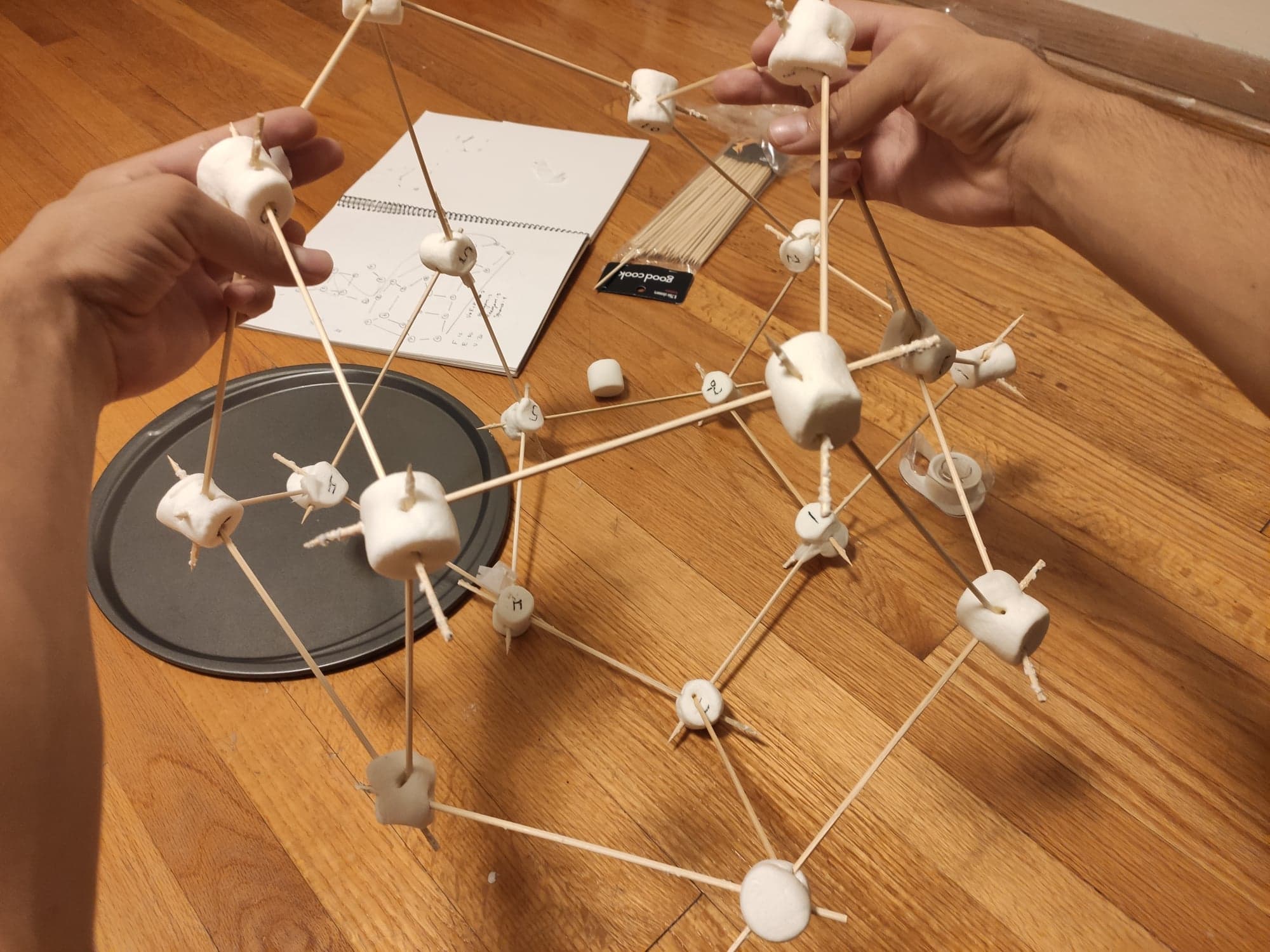Transformer From Scratch In PyTorch: Model
The Transformer architecture, first introduced in (Vaswani et. al. 2017), is an encoder-decoder model that can be used in many scenarios of supervised sequence learning. The success of the Transformer is primarily due to its performance, simple architecture, and its ability to parallelize input which drastically speeds up training. This is in comparison with previous traditional sequence learning models, such as recurrent neural networks, which would process elements of a sequence one at a time.
In this post, we'll build the Transformer model from scratch in PyTorch with an emphasis on modularity and performance. Note that in our implementation, we will be following the Pre-Layer Normalization version of the Transformer.
 Hi, my name is Luke and you've found my website.
Hi, my name is Luke and you've found my website.